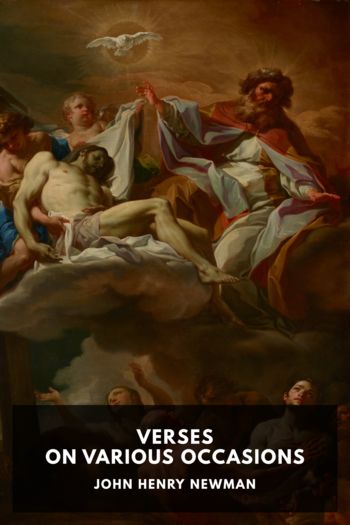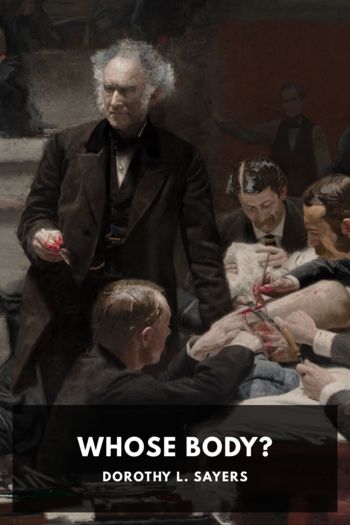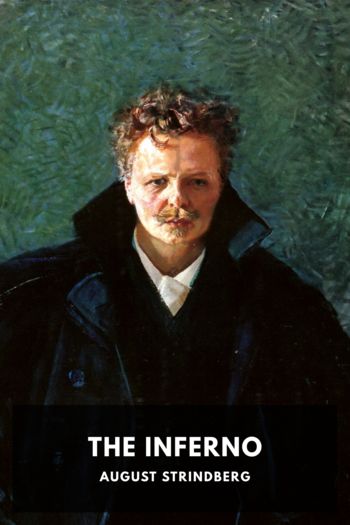The Divine Comedy, Dante Alighieri [best thriller novels of all time TXT] 📗

- Author: Dante Alighieri
Book online «The Divine Comedy, Dante Alighieri [best thriller novels of all time TXT] 📗». Author Dante Alighieri
“It was amidst these noble recollections, this solemn nature, and upon that predestinated height, that the patriarch of the monks of the West founded the capital of the monastic order. He found paganism still surviving there. Two hundred years after Constantine, in the heart of Christendom, and so near Rome, there still existed a very ancient temple of Apollo and a sacred wood, where a multitude of peasants sacrificed to the gods and demons. Benedict preached the faith of Christ to these forgotten people; he persuaded them to cut down the wood, to overthrow the temple and the idol.”
On the ruins of this temple he built two chapels, and higher up the mountain, in 529, laid the foundation of his famous monastery. Fourteen years afterward he died in the church of this monastery, standing with his arms stretched out in prayer.
“St. Bennet,” says Butler, Lives of the Saints, III 235, “calls his Order a school in which men learn how to serve God; and his life was to his disciples a perfect model for their imitation, and a transcript of his rule. Being chosen by God, like another Moses, to conduct faithful souls into the true promised land, the kingdom of heaven, he was enriched with eminent supernatural gifts, even those of miracles and prophecy. He seemed like another Eliseus, endued by God with an extraordinary power, commanding all nature, and, like the ancient prophets, foreseeing future events. He often raised the sinking courage of his monks, and baffled the various artifices of the Devil with the sign of the cross, rendered the heaviest stone light in building his monastery by a short prayer, and, in presence of a multitude of people, raised to life a novice who had been crushed by the fall of a wall at Mount Cassino.”
A story of St. Benedict and his sister Scholastica is thus told by Mrs. Jameson, Legends of Monastic Orders, p. 12:—
“Towards the close of his long life Benedict was consoled for many troubles by the arrival of his sister Scholastica, who had already devoted herself to a religious life, and now took up her residence in a retired cell about a league and a half from his convent. Very little is known of Scholastica, except that she emulated her brother’s piety and self-denial; and although it is not said that she took any vows, she is generally considered as the first Benedictine nun. When she followed her brother to Monte Cassino, she drew around her there a small community of pious women; but nothing more is recorded of her, except that he used to visit her once a year. On one occasion, when they had been conversing together on spiritual matters till rather late in the evening, Benedict rose to depart; his sister entreated him to remain a little longer, but he refused. Scholastica then, bending her head over her clasped hands, prayed that Heaven would interfere and render it impossible for her brother to leave her. Immediately there came on such a furious tempest of rain, thunder, and lightning, that Benedict was obliged to delay his departure for some hours. As soon as the storm had subsided, he took leave of his sister, and returned to the monastery: it was a last meeting; St. Scholastica died two days afterwards, and St. Benedict, as he was praying in his cell, beheld the soul of his sister ascending to heaven in the form of a dove. This incident is often found in the pictures painted for the Benedictine nuns.”
For the history of the monastery of Monte Cassino see the Chron. Monast. Casiniensis, in Muratori, Script. Rer. Ital., IV, and Dantier, Monastères Bénédictins d’Italie. ↩
St. Macarius, who established the monastic rule of the East, as St. Benedict did that of the West, was a confectioner of Alexandria, who, carried away by religious enthusiasm, became an anchorite in the Thebaid of Upper Egypt, about 335. In 373 he came to Lower Egypt, and lived in the Desert of the Cells, so called from the great multitude of its hermit-cells. He had also hermitages in the deserts of Scetè and Nitria; and in these several places he passed upwards of sixty years in holy contemplation, saying to his soul, “Having taken up thine abode in heaven, where thou hast God and his holy angels to converse with, see that thou descend not thence; regard not earthly things.”
Among other anecdotes of St. Macarius, Butler, Lives of the Saints, I 50, relates the following:—
“Our saint happened one day inadvertently to kill a gnat that was biting him in his cell; reflecting that he had lost the opportunity of suffering that mortification, he hastened from his cell for the marshes of Scetè, which abound with great flies, whose stings pierce even wild boars. There he continued six months exposed to those ravaging insects; and to such a degree was his whole body disfigured by them with sores and swellings, that when he returned he was only to be known by his voice.”
St. Romualdus, founder of the Order of Camaldoli, or Reformed Benedictines, was born of the noble family of the Onesti, in Ravenna, about 956. Brought





Comments (0)